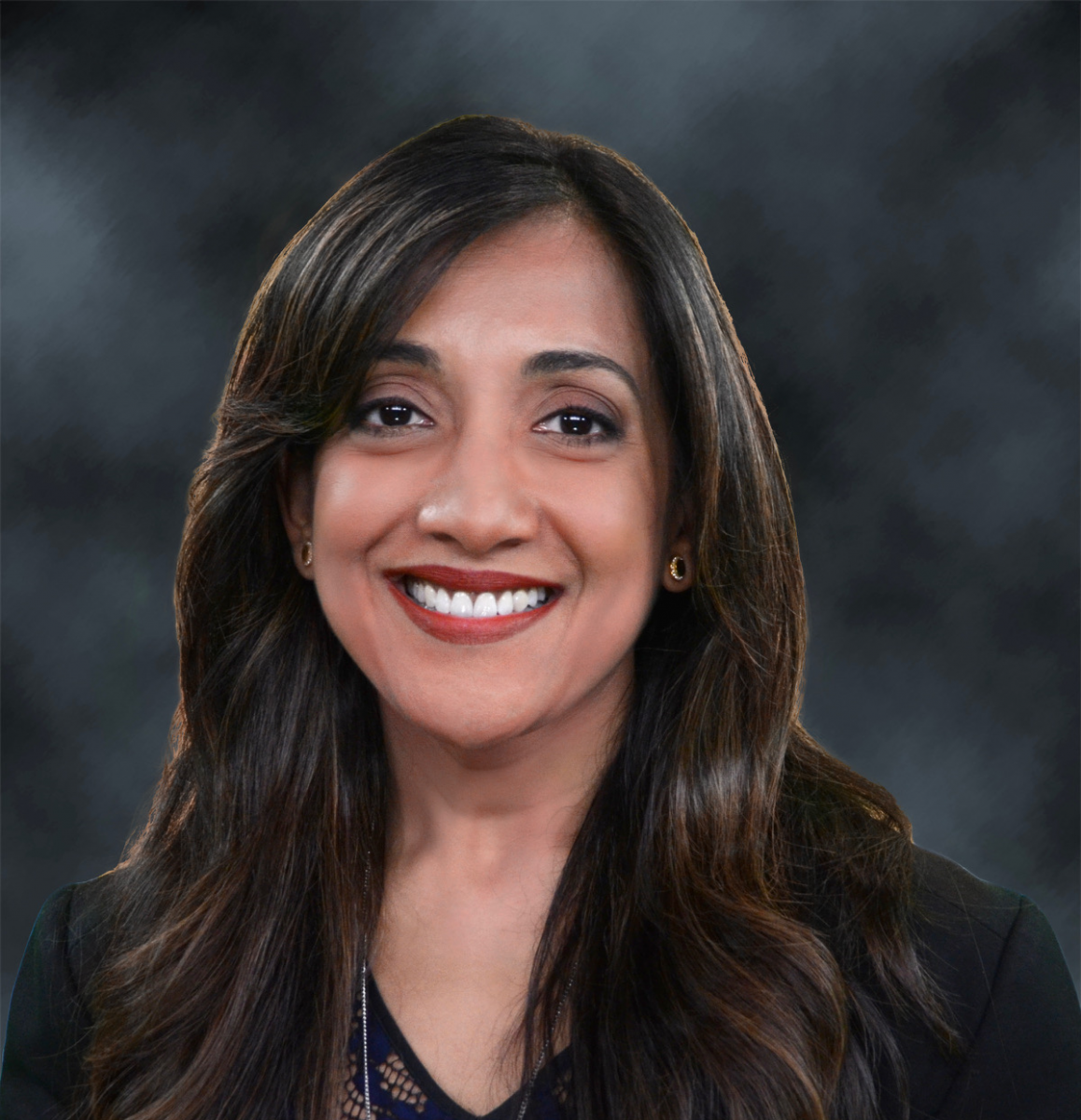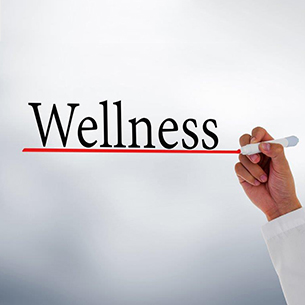 By Shayma Master Kazmi, MD, RPh
By Shayma Master Kazmi, MD, RPh
All through my medical school, residency, and fellowship, I had never heard the term burnout. It wasn’t until I personally experienced it that I discovered this syndrome, which was first described by the psychologist Herbert Freudenberger in the 1970s. According to him, burnout is a condition that occurs when work coupled with additional life pressures exceeds the ability to cope, resulting in physical and mental distress.1 There has been considerable research in this field as it applies to physicians; however, education and awareness about burnout has only recently amplified.
Everyone experiences burnout differently, which is one of the reasons it is challenging to identify. It is sneaky, insidious, and wreaks havoc slowly.
Some have argued that the word burnout is victim blaming, and that a better term may be moral injury, which is defined by “perpetrating, failing to prevent, bearing witness to, or learning about acts that transgress deeply held moral beliefs and expectations.”2 Oncologists in general want to treat their patients in the best way possible. Unfortunately, our idealism is met with the reality of the practice of medicine, which has steadily evolved to be difficult for both the patient and the physician. For example, when we want to provide our patients with the treatment they need, we have to jump through hoops just to get insurance approval. This is, of course, after we have justified our path of action in institutional pathways. Thereafter, there are denials by the insurance companies, most of which are irrational and ultimately overturned after many letters and phone calls. We have to spend countless hours staring at the screen of the electronic medical records (EMR), and less time face to face with our patients. The patients are frustrated and so are we. This is moral injury: an erosion of the soul caused by the deterioration of one’s values, dignity, spirit, and will.
Oncologists are faced with life-and-death decisions and grief on daily basis. I have termed these “15-minute emotional rollercoasters.” In one room, we give end-of-life news to a distressed patient, with significant expenditure of compassion and empathy. In the very next room, we announce a cancer-free milestone to an elated patient and we share in this joyous moment, mustering a completely different set of emotions. This continuous emotional whirlwind and exposure to fatal illnesses with limited cure rates, compounded by the pressure to stay up to date with rapidly advancing progress in the field, primes us for burnout. We value service, which can lead to self-deprivation. We strive for excellence, which can become an obsession with perfection that leads to anxiety. We desire to cure patients, which can lead to overcommitment. We care deeply about our patients, but expending compassion all day results in emotional isolation and even depersonalization.
Research shows specific individual risk factors that are associated with burnout such as female gender, younger age, years in practice, single/nonpartnered status, and personality characteristics such as Type A behavior. Institutional factors include lack of autonomy, inefficient EMR systems, unclear job expectations, increased administrative responsibilities, and the rapidly changing health care system.3
Approximately 47% of oncologists experience some form of burnout, and even oncology fellows have a burnout rate of 33%.4 These rates vary as the definition and assessment of burnout varies. Burnout is not a clear-cut yes or no—it’s a continuum. I equate this, ironically, with cancer itself. Cancer is insidious in its early stages and rarely detectable unless one screens for it. When it is finally symptomatic and diagnosed, it is far advanced, and difficult to treat and control. It wreaks havoc on the physical, mental, and emotional state of the individual. Burnout has various signs and symptoms, such as altered diet and activity levels, cloudy judgment, forgetfulness, and indecisiveness. These can overlap with mental illness and depression. All of these can be minor changes that most of us usually attributed to “normal” work stress. In later stages, burnout can manifest as anger/irritability, impatience, decreased self-esteem, decreased motivation, and social withdrawal. For some, burnout also leads to decreased productivity and increased medical error rates, as well as increased likelihood of substance abuse and risk of suicidality.
The consequences of burnout reach far beyond the individual who experiences it. Decreased empathy and cynicism impacts the patient relationship and patient satisfaction. The physician team suffers as their leader “leads” through criticism, frustration, and negativity. These effects trickle into personal relationships and can increase the risk of divorce and loss of friends. Burnout has a significant health care cost, estimated between $2.6 to $6.3 billion a year.5 These costs include turnover, reduced productivity, and other burnout-related factors.
Ironically, well-meaning hospital systems have attempted to acknowledge and “fix” burnout by holding wellness sessions with yoga, meditation, and mindfulness activities. For a variety of reasons, these interventions have largely failed to achieve meaningful results. First, expecting overworked and exhausted physicians to take extra time out of their personal schedules to attend mandatory wellness sessions is counterintuitive. Furthermore, when we target the individual alone for burnout prevention, we are blaming the victim and not addressing the underlying culture. Burnout is a culmination of how medicine has evolved, the commoditization of a noble and respected profession. The number of physicians leaving medicine has escalated in the past few years, and while some of that may be due to more accurate tracking, Medscape surveys show that about 16 medical subspecialties had more than 50% burnout rates in 2017.4 To truly tackle this epidemic, we must look not only at individual factors, but at institutional factors and health policy on the state and national levels as well.
We need to start with addressing a medical education culture that glorifies self-sacrifice and overlooks personal well-being and balance. It was a badge of honor during my training to have the longest call with the least sleep. We are trained to ignore our personal well-being for all others. We constantly educate our patients on self-care, yet we deny it to ourselves. We have also stigmatized psychological distress in physicians. Licensing organizations across states specifically probe into physicians seeking assistance for mental health issues without any clear indication of what repercussions those admissions could result in. The result is that most physicians don’t seek emotional/psychiatric help or even acknowledge their distress because they fear retaliation and they fear losing their privileges and even their license—one they spent most of their adult lives working for.
Medical education needs to include teachings regarding burnout, the business of medicine, and contracts as early as medical school. One of the biggest stressors physicians have is their ability to get paid fairly and poor preparation on how to negotiate effectively and realize their worth. The result is they often leave the field out of frustration and resentment. We all can do better in objectively conveying our worth to our employers and partners and getting paid fairly for the work we do. We also would benefit from training dealing with insurance payouts and reimbursements. We should also incorporate burnout inventories routinely throughout training and practice without any punitive consequences.
We also must acknowledge and tackle physician education loans. Most physicians feel oppressed by this debt and seek to financially repair their lives by working longer hours, going into higher-paying specialties regardless of their calling, and neglecting work-life balance. There is a growing group of physicians who engage in “side gigs” to try to attain financial freedom through parallel income streams. Although some of them may truly love these entrepreneurial exercises, most are just trying to make ends meet. We need to do better with free or subsidized medical school education, especially for primary care physicians and specialties that are reimbursed lower than most.
Physician reimbursements are constantly under attack by Medicare and larger insurance companies. Getting reimbursed now requires jumping through several hoops even after services are rendered. Hospital systems have many layers of “managers” who really equate the value of physicians with their RVU productivity. This reduces the importance and value of educational activities, networking, and advanced training. Physicians aren’t machines and cannot be wholly valued based on their billing capacity. We bring years of expertise, empathy, and an ability to provide efficient and value-based care, and we need fair compensation that acknowledges not just our time but our specialized skills and experience.
The mainstay of professional satisfaction used to be the mutually gratifying physician-patient relationship. In an era of patient satisfaction reports and litigious environments, this has eroded into fear and suspicion and some degree of defensive doctoring. Legislative changes in medical malpractice laws and the institution of value-based care are important both for the protection of physicians and patients, as well as for the overall cost of the health care system.
It is critical to reconfigure EMRs for their original purpose of easing documentation for physicians and improving communication regarding patient care. We can do this by involving more practicing physicians in early development of EMRs.
Our approach to treating cancer begins with a focus on prevention—similarly, we need to think about the modifiable factors to prevent burnout. Individually, we can do this by identifying purpose, setting priorities, learning boundaries, practicing self-care, and standing up for our non-negotiables. But we need to remember that we got here due to system-wide changes that did not keep the physician in mind. Our institutional culture needs to embrace physician well-being as essential for health care delivery. We all need to be more actively involved within our institutions and try to effect policy change. I am hopeful that just as we have made leaps and bounds in the treatment of cancer, so can we in controlling the epidemic of physician burnout.
Dr. Kazmi is the director of the Advanced Center of Thoracic Oncology and a medical oncologist and hematologist at Cancer Treatment Centers of America in Philadelphia, a role she will conclude in June 2021. In August, she will begin a new position at Penn Oncology. Dr. Kazmi specializes in the treatment of thoracic and breast malignancies. She also extensively treats head and neck cancers as well as brain cancers. Disclosure.
References
- Copur MS. Burnout in oncology. Oncology (Williston Park). 2019;33:687522.
- Talbot SG, Dean W. Beyond burnout: The real problem facing doctors is moral injury. Medical Economics Journal. 2019;96.
- Hlubocky FJ, Back AL, Shanafelt TD. Addressing burnout in oncology: Why cancer care clinicians are at risk, what individuals can do, and how organizations can respond. Am Soc Clin Oncol Educ Book. 2016;35:271-279
- Peckham C, Grisham S. Medscape Lifestyle Report 2017: Race and Ethnicity, Bias and Burnout. Medscape. Jan 11, 2017.
- Shanafelt TD, West CP, Sinsky C, et al. Changes in burnout and satisfaction with work-life integration in physicians and the general US working population between 2011 and 2017. Mayo Clin Proc. 2019;94:1681-94.


Recent posts